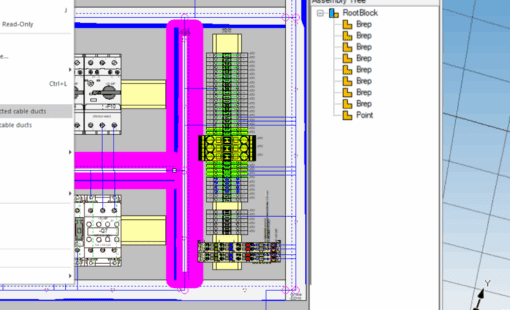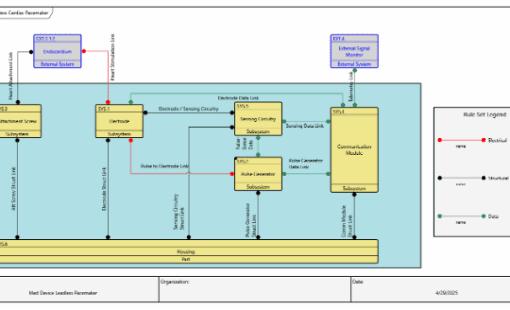Optical computing has emerged as a revolutionary technology in high-performance computing. Promising low power consumption and higher bandwidths, this technology presents an opportunity for enhanced data throughput and reduced latency in intensive workloads like machine learning.
Despite these compelling advantages, its integration into the existing technological landscape presents substantial challenges. Now, let’s take a closer look at optical computing, its advantages, and a few of the outstanding challenges it presents.
A Background on Optical Computing
At its core, optical computing represents a significant departure from traditional electronic data processing. Instead of relying on electrons, this technology harnesses photons—particles of light—to transmit and process information. The fundamental advantage of using photons lies in their ability to travel at the speed of light, which drastically surpasses the velocity achievable by electrons in conventional silicon-based circuits.
One of the key components of optical computing is the use of photonic integrated circuits (PICs). These circuits integrate optical components like lasers, modulators, and detectors onto a single chip, enabling the manipulation of light to perform computations. Unlike electronic circuits, PICs can handle a higher bandwidth, leading to increased data throughput and reduced latency in data processing tasks.

Optical computing addresses some of the critical limitations of electronic computing, like thermal management and energy consumption. Photons generate significantly less heat compared to electrons, allowing for more densely packed components without the concern of overheating. This feature not only enhances the computational capacity but also reduces energy demands. For this reason, the technology is a more sustainable and environmentally friendly option.
Parallel data processing is another aspect of the technology that brings with it tremendous potential. Photons can be easily manipulated to carry multiple signals simultaneously through a process called wavelength division multiplexing. The ability to process multiple data streams in parallel significantly enhances computational speed. This functionality makes optical computing an ideal candidate for handling complex tasks like machine learning algorithms and large-scale simulations.
Outstanding Challenges in Optical Computing
Despite these advantages, the transition still faces several challenges, particularly in integrating optical components with existing electronic systems and developing efficient, scalable manufacturing processes for PICs.
One of the primary challenges is the integration of optical components with existing electronic systems. Optical computing requires components like lasers, modulators, and photodetectors to interact with light. However, integrating these components with traditional silicon-based electronic systems is complex due to differences in material properties and manufacturing processes. This integration is crucial for creating hybrid systems that can leverage the advantages of both optical and electronic computing.

Another major challenge is the miniaturization and scalability of optical components. For optical computing to be viable for widespread use, components must be compact and capable of integration with chips at a scale comparable to electronic transistors. Current optical components are often too large to be integrated densely on a chip, limiting the potential for miniaturization.
Moreover, developing efficient and reliable photonic materials is a significant hurdle. Materials must have properties like high optical transparency, low signal loss, and stability under varying conditions. Finding materials that meet these criteria and can be produced at scale is a considerable challenge.
Lastly, the lack of an established ecosystem, including standardization, manufacturing processes, and a skilled workforce, hinders its development and adoption. Building this ecosystem is essential for the technology to advance and become commercially viable.
Envisioning an Optical Future
As the world demands greater computing power, optical computing stands out as a promising technology that could transform the computing industry. Still, there are a number of notable technical challenges that need to be resolved before widespread adoption can be achieved. Will we witness this technology overcome its present hurdles and redefine the landscape of high-performance computing?
Related Products and Resources

- Blog

- Blog

- Blog

- Blog

